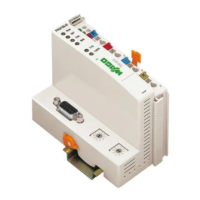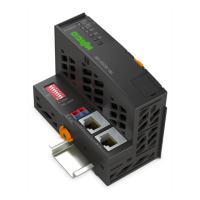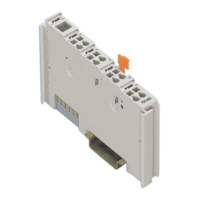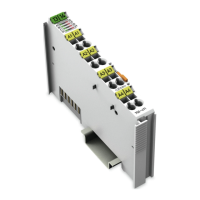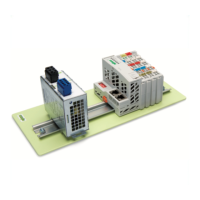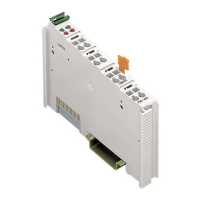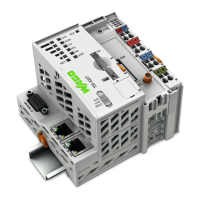Step-by-Step Guide to your own Linux Application • 115
File System and Linux Kernel Update
WAGO-I/O-SYSTEM 750
Linux Fieldbus Coupler
Erasing sector 63 ... ok.
Erasing sector 64 ... ok.
Erasing sector 65 ... ok.
Erasing sector 66 ... ok.
Erasing sector 67 ... ok.
Erasing sector 68 ... ok.
Erasing sector 69 ... ok.
Erasing sector 70 ... ok.
Copy to Flash... done
LFBK #
The host computer, which will provide the new image files, needs to
incorporate a TFTP server in order to allow an update. In order to eliminate
confusion, every file is given an unambiguous name. A JFFS2 image of the
file system is called jffs2.img and the kernel file with bootloader header is
called linux.flashme. The files are available on the WAGO Linux distribution
CD under CD:/images/ and must be copied into the /tftpboot/ directory first or
be generated in the uClinux directoty using make.
Note
You can get additional information on the interface with the help
command. Example: LFBK # help

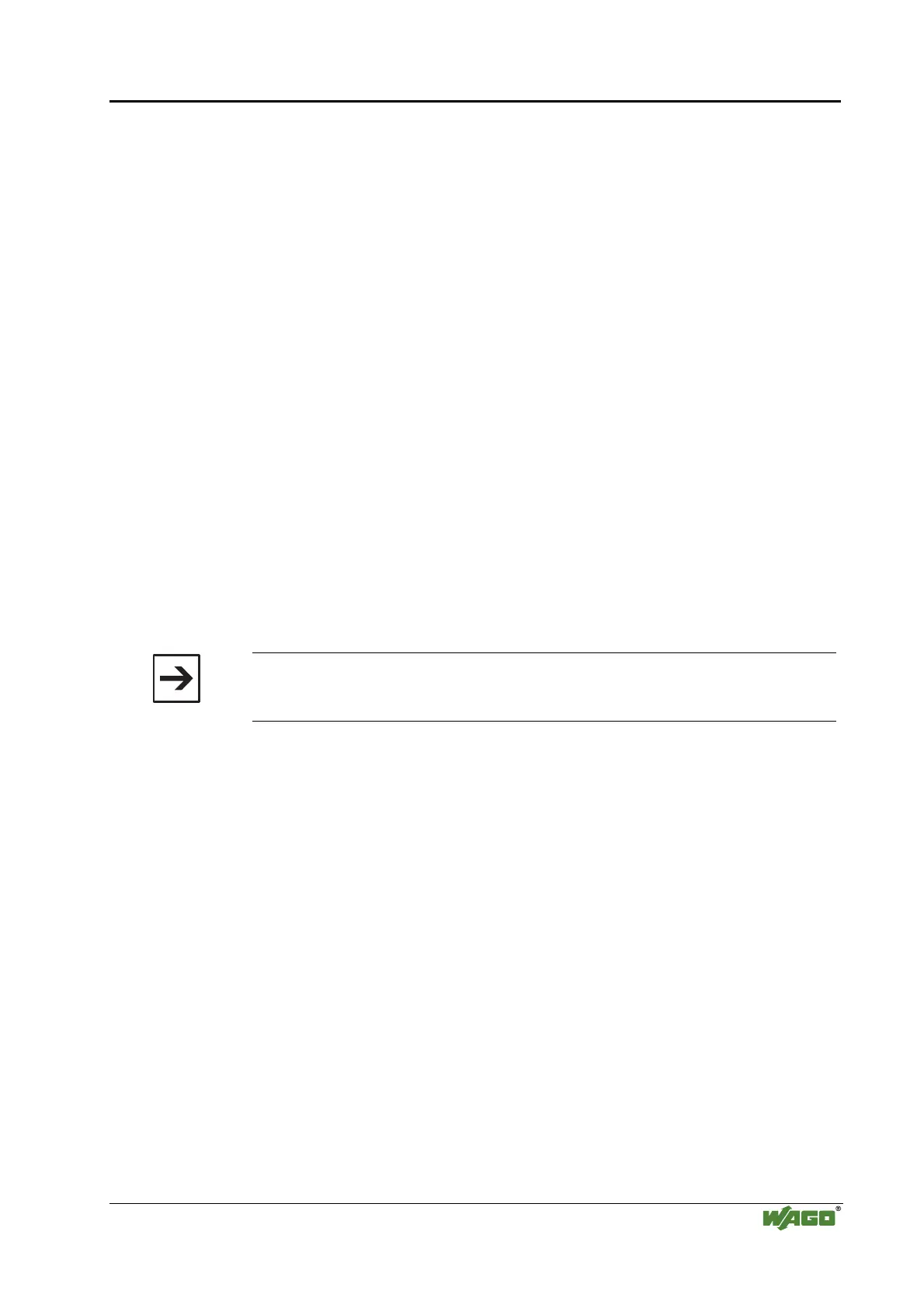